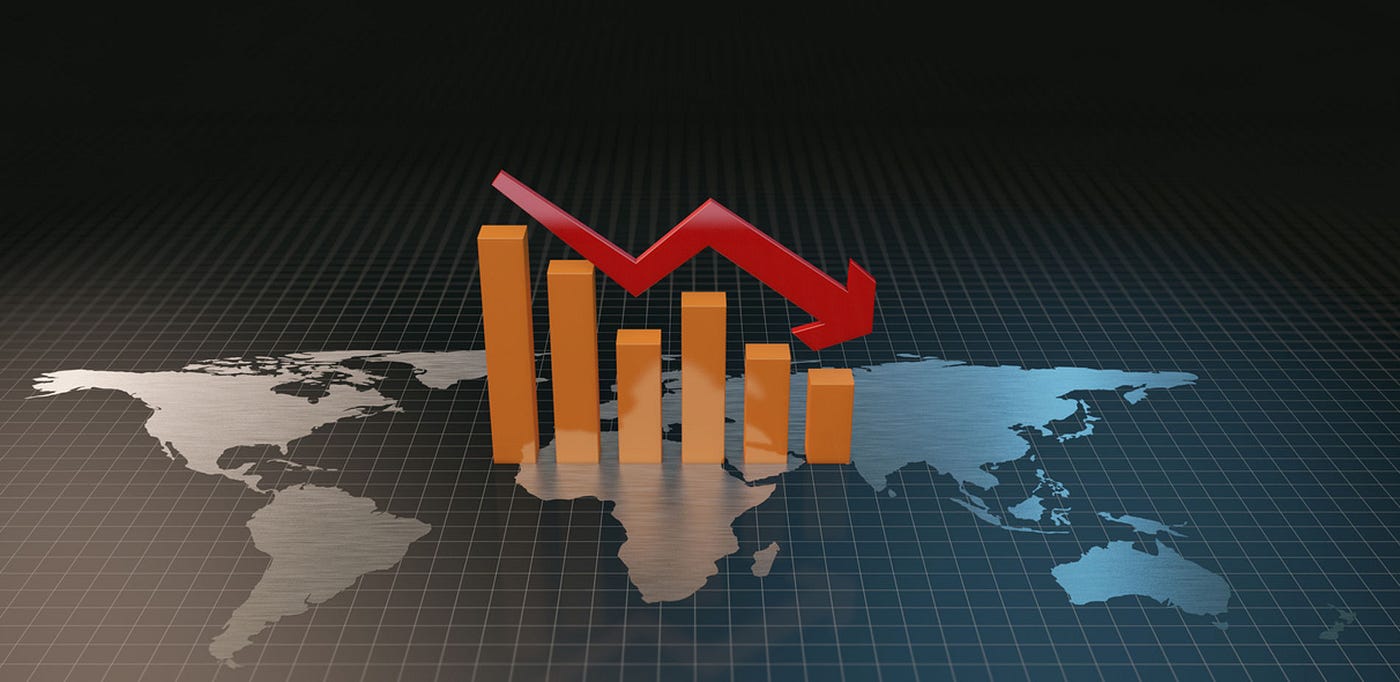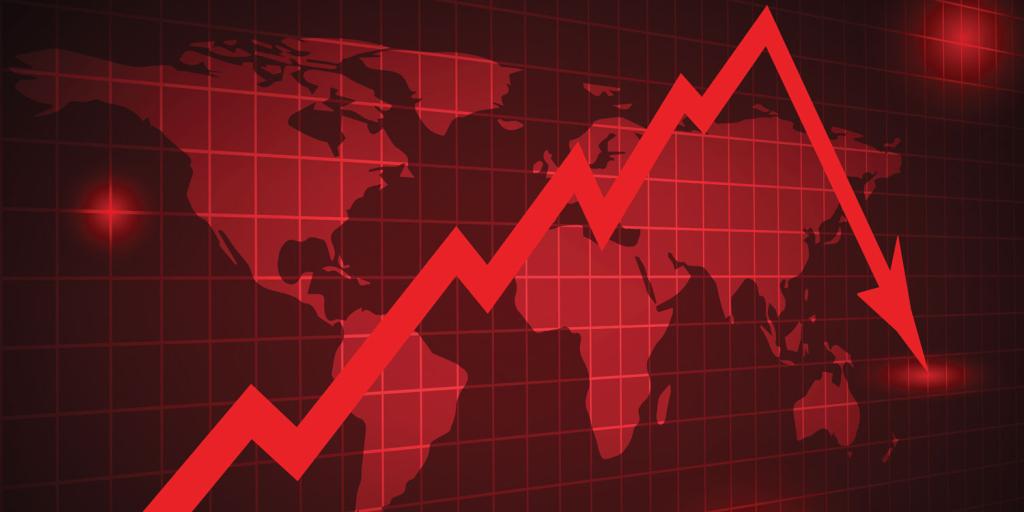Asia-ability Pacific’s to withstand a global economic downturn

According to S&P Global Market Intelligence, even if minor recessions are projected in the US and Europe, the general economic resilience in the Asia Pacific region is expected to prevent a global recession. A global provider of financial information and analytics services stated in its annual “Top 10 Economic Predictions” report that “Global Real GDP Growth is predicted to drop from around 3% in 2022 to half that pace in 2023.” According to the analysis, the economies of the Asia Pacific, Middle East, and Africa will continue to develop moderately until 2023.
The economic environment in 2023 will be dominated by central banks’ tightening of monetary policy globally to control inflation. Other important themes for 2023 include weakening housing markets due to rising interest rates, a US dollar that is retreating from its peak, resilience in emerging and developing economies (EMDEs), a choppy economic recovery in China after loosening containment policies, a slight reduction in supply chain disruptions worldwide, and a general shortage of labor.
According to Sara Johnson, executive director at S&P Global Market Intelligence, “the extent of slowdowns in the advanced economies and possible spillovers to emerging and developing countries will depend on the longevity of high inflation and the intensity of central bank measures to suppress it.” “A rebound in GDP in economies that took longer than expected to emerge from COVID-19-related lockdowns may balance out the poor economic performance elsewhere.” While a worldwide recession can be avoided, Johnson continued, “Actual GDP is likely to fall somewhat in Europe and North America.”
After reaching multidecade highs last year, it was predicted that worldwide inflation would drop in 2023 as a result of tighter financial conditions, decreasing demand, and loosening supply chain circumstances. Additionally, it stated that although inflation will drastically drop down in 2023, reaching central bank objectives will take a “multiyear process.” The worldwide tightening of monetary policy will last through the spring of 2023, with variations in different geographic areas.
The federal funds rate in the US is anticipated to reach a high of close to 5% in the spring of 2023… We do not anticipate the Fed to change direction until it is certain that inflation will decrease toward its 2% goal, suggesting that rate reduction would begin only in 2024,” the report added. Consumer inflation in the US was 7.1% in November. Interest rates were recently increased by 50 basis points (bps) by the US Federal Reserve. The policy rate of the central bank is currently in a target range of 4.25 to 4.50 percent, which is the highest level in 15 years. Of note, it was almost zero in the early months of 2022.
There had been a fourth consecutive rise of 75 basis points magnitude before the most recent increase of 50 basis points. A weapon of monetary policy that normally works to reduce demand in the economy and lower inflation is raising interest rates. Additionally, it stated that firms anticipate using hiring freezes rather than mass layoffs on the labor front in 2023. In 2023, major layoffs will be less frequent than hiring freezes globally as firms try to keep talent. Job losses will be concentrated in industries like real estate and finance that are susceptible to credit conditions.
According to S&P, Asia-Pacific will dominate global growth in 2023.
S&P Global Market Intelligence predicts that the Asia-Pacific region, which accounts for 35% of global GDP, will lead economic growth in 2023 thanks to free trade agreements, effective supply chains, and low prices. “Trade diversification away from mainland China would help Southeast Asia and India,” it stated in a note on Wednesday.
Additionally, it anticipates that the Middle East and Africa, which both produce energy and minerals, will have moderate development. According to the report, the US economy would enter a “mild recession” starting in the fourth quarter of 2022 and lasting through the second quarter of 2023 as a result of the continuous tightening financial circumstances brought on by tighter monetary policy. This month, it reduced the projected growth of the US real GDP in 2023 from 0.9 to (-) 0.5%.
“Real GDP growth in 2024 will only be 1.3% as a result of the initial recovery’s slow pace.” Employment and industrial production will reverse during the recession, after seeing strong growth until the third quarter of 2022. According to our predictions, the unemployment rate in the US will increase from 3.5% in September to 6.0% by the end of 2023.” Regarding global inflation, it stated that while meeting central bank inflation objectives will take time, there is a chance that “substantial progress” might be made in 2023.
Assuming that inflation in advanced economies stabilizes at 2.1%, global consumer price inflation is predicted to decline from 7.7% in 2022 to 5.1% in 2023 and 3.0% in 2024. It was predicted that global real GDP growth will decelerate from 5.9% in 2021 to 2.8% this year and 1.4% in 2023, preventing an “outright recession.” In the economies that account for half of the global production, Europe and North America, recessions in late 2022 and early 2023 now seem plausible.
“As long as inflation stays uncomfortably high and financial market conditions tighten, the global economy will continue to suffer.” Recessions are most likely to occur in the next few months in sections of Latin America, the United States, Canada, and Europe. “The world economy may escape a slump with moderate growth in Asia Pacific, the Middle East, and Africa, but growth will be small,” “S&P Global Market Intelligence’s Executive Director of Economic Research, Sara Johnson, said.
edited and proofread by nikita sharma





